Search
Remove Ads
Advertisement
Summary 
Loading AI-generated summary based on World History Encyclopedia articles ...
Search Results
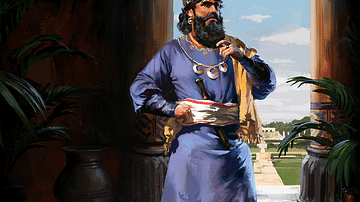
Definition
Nebuchadnezzar II
Nebuchadnezzar II (r. 605/604-562 BCE) was the greatest King of ancient Babylon during the period of the Neo-Babylonian Empire (626-539 BCE), succeeding its founder, his father, Nabopolassar (r. 626-605 BCE). He is best known from the biblical...
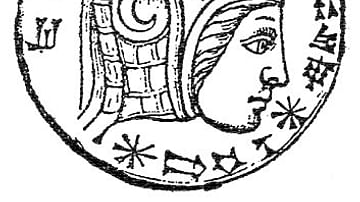
Image
Nebuchadnezzar II
An engraving inside an onyx-stone-eye in a Marduk statue that depicts Nebuchadnezzar II.

Image
Nebuchadnezzar II (Artist's Impression)
King Nebuchadnezzar II (r. 605/604-562 BCE) of Babylon depicted in Old World.
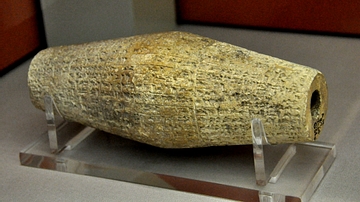
Image
Nebuchadnezzar II's Terracotta Cylinder of Shamash Temple
The temple of the sun God, Shamash, at Sippar reached a state of complete disrepair. The gods conveyed a message to the king via omens that he was given approval to rebuild and repair the temple of Shamash. This document records how the king...
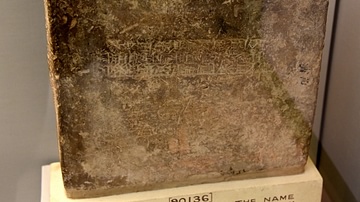
Image
Brick Stamped with the Name of Nebuchadnezzar II
King Nebuchadnezzar II's building program at Babylon used around 15,000,000 baked bricks. Thousands bore his name and titles stamped into the clay: "Nebuchadnezzar...the eldest son of Nabopolassar, King of Babylon, am I". On this brick, a...
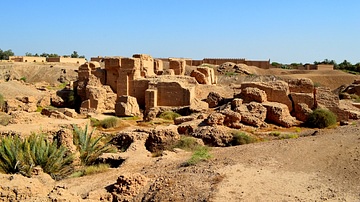
Image
Ruins of the North Palace of Nebuchadnezzar II
These are the ruins of the so-called "North Palace" of Nebuchadnezzar II at the ancient city of Babylon. Neo-Babylonian period, reign of Nebuchadnezzar II, 6th century BCE.

Image
Ruins of the North Palace of Nebuchadnezzar II, Babylon
Reign of king Nebuchadnezzar II, neo-Babylonian era, 605–562 BCE. Ancient Babylon (modern Babel governorate), Iraq.

Image
A Stamped Brick of Nebuchadnezzar II
A hollow brick with a stamped inscription of the Neo-Babylonian king Nebuchadnezzar II. From Babylon (modern Babel Governorate), Mesopotamia, Iraq. 604-562 BCE. (The Pergamon Museum, Berlin).
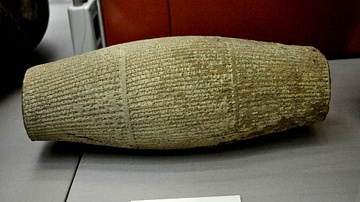
Image
Terracotta Clay Cylinder of King Nebuchadnezzar II
The three columns of cuneiform inscriptions on this cylinder mention the building and reconstruction of various shrines, quays, gates, and processional boats by king Nebuchadnezzar II at Babylon for the Babylonian New Year Festival. From...
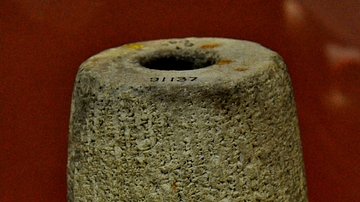
Image
Terracotta Cylinder of Nebuchadnezzar II
This document records the king’s reconstructive work at the cities of Sippar, Ururk, Ur, Borsippa, Larsa, and Dilbat. It also commemorates the king’s repairing of the temple of Ninkarrak (a form of the healing Goddess of Gula) at the city...